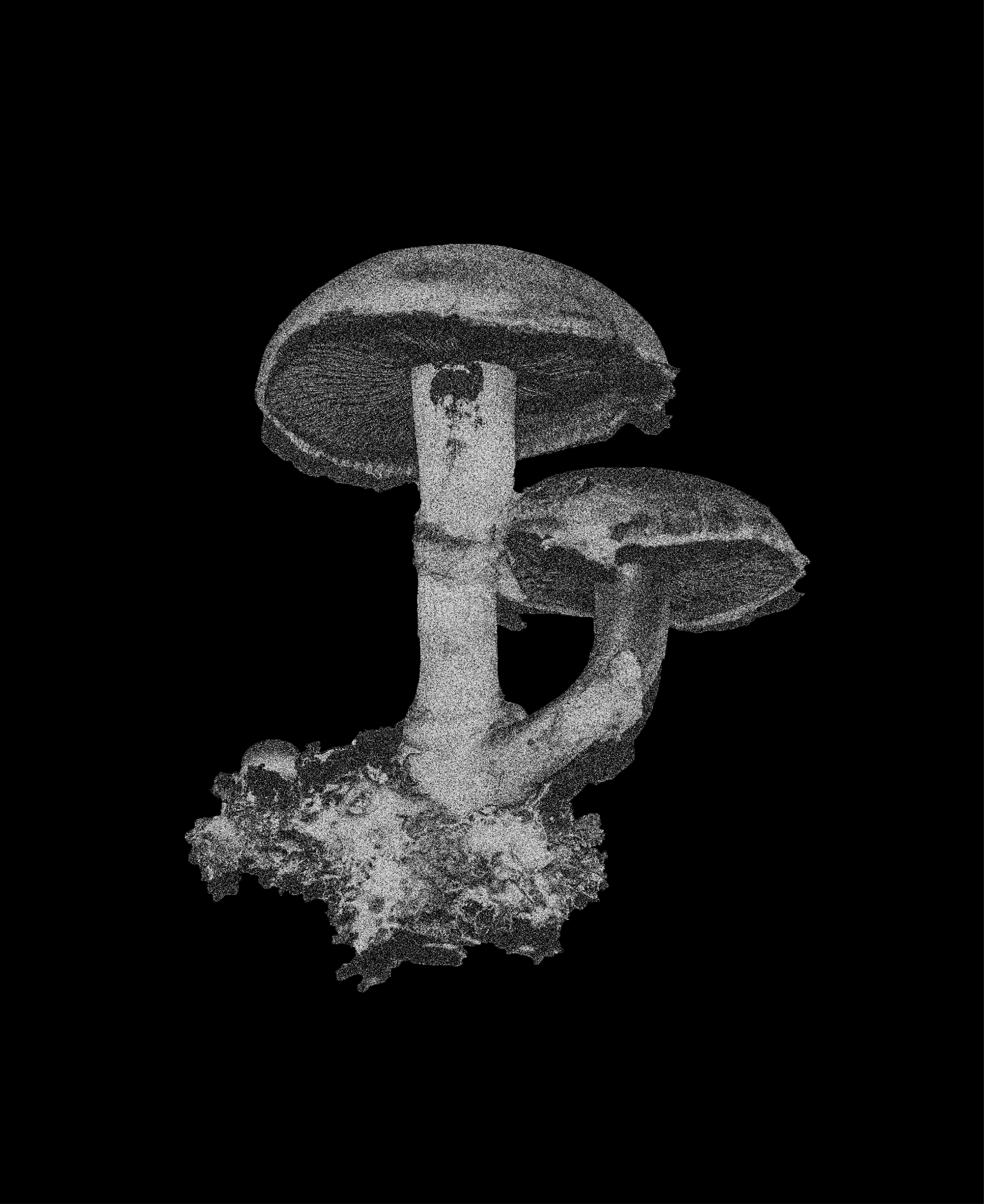What is Biomimicry?
Biomimicry is innovation inspired by nature.
It is an approach that learns from nature and how it functions as inspiration for design processes and systems (Benyus, 1997).
Nature has gone through evolution and natural selection to develop solutions for problems that designers, engineers, and architects have spent years working on. Successful uses of biomimicry have already been seen in fashion and textiles design, architecture, and product design. One example of this is Velcro. From clothing, footwear, camping equipment and even playing a vital role in the moon landing, Velcro has transformed the world.
In 1941, Swiss engineer George De Mestral was walking his dog when his clothes and his dog's fur got covered in burdock burrs. When he looked at these tiny burrs under a microscope, he found hundreds of tiny "hooks" that could attach to fabrics and hair. Upon discovering this, De Mestral recognised its potential and was inspired to replicate its structure for use as a fastening mechanism. After constant experimentation with various fabrics, he eventually produced this product we now know as Velcro fastening.
Read more about Velcro here.
Benyus, J. M. (1997). Biomimicry: innovation inspired by nature. Quill.
BIOMIMETIC DESIGN PROCESS

- Select
Select from nature what animals, plants, or organisms you will emulate. -
Observe, research and analyse.
Be one with nature. Watch and connect with the natural world and witness it living. Ask questions. What would nature do? How would it utilise form within function? Research, analyse and observe to gain an understanding on its functions and processes. -
Define
Identify and define the area you are exploring. What discipline of visual design are you focussing on? If you have identified a design problem, what knowledge from biomimicry can you use to solve this?
- Implement
Implement the functions of the organism you have chosen and researched about into the visual exploration and process of your design. -
Iterate
Experiment and refine through the creative process. - Evaluate
Evaluate and assess if the function or processes from the chosen organism was successful or not in the designed outcome. Reflect on the process and outcomes and suggest new findings and questions.
- Select